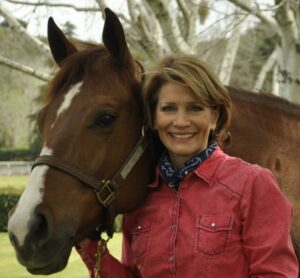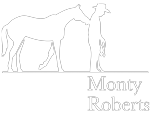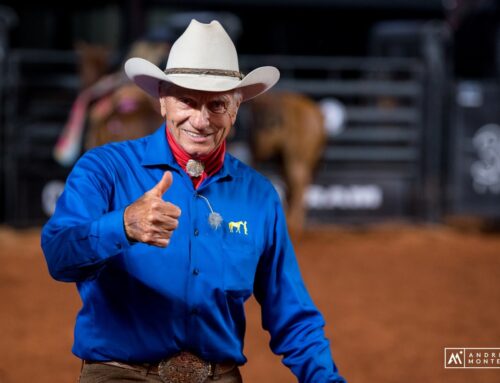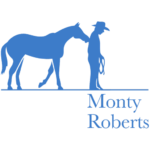 Extremes in competitive horse showing techniques sometimes swing like a pendulum, from one end of the spectrum to the other.
Extremes in competitive horse showing techniques sometimes swing like a pendulum, from one end of the spectrum to the other.
Horseback riding disciplines born out of a practical application like dressage (war) and Western reining (ranch work) have evolved over time to become a display of skill sets, awarded points by a judge for their execution in the show arena.
Many people believe that to enact change in a competitive sport, you must first change the way it is judged. But who determines what is important in a competitive sport and how it is to be judged? Who is listening to the horses?
Associations like the Fédération Equestre Internationale, founded in 1921; the Interscholastic Equestrian Association for middle and secondary school students, and the United States Equestrian Federation, are important organizations that play an important role in representing, shaping and fostering growth within the discipline.
One thing I’ve noticed in more recent times, is that associations tend to put more emphasis on how the required skill sets affect the horses, both in training and in competition.
That’s a good thing.
The horse may perform the moves, but do they want to? Are the skills being judged more on athleticism to do extreme skills, or is there a partnership between horse and rider that exemplifies the spirit of the sport that dates back to its origins when partnership could mean life or death?
It’s my opinion that one huge historical shift happened during the 2012 Summer Olympics in London. Since then, its allowed judges and associations to put emphasis on harmony and partnership more than I can remember in my lifetime, where competition is concerned.
A young English rider named Charlotte Dujardin had been favored to win on Valegro, but Adelinde Cornelissen of the Netherlands, riding Parzival finished with a new Olympic freestyle record of 88.196.
Then, with a score of 90.089, Dujardin set yet another Olympic record and was able to take home the gold in front of a huge UK crowd.
There was a bit of grumbling by the Dutch audience, wondering if there may have been some hometown favoritism in the judging. One of the judges quickly gave his reasons for the scoring and it was profound.
“They’re welcome to their opinion,” Judge Stephen Clarke said unflappingly. “First and second were very close. Adelinde had huge power and expression but needed to be a little lighter. Charlotte had less energy but greater harmony and in the end our decision was for the harmony.”
When giving her interview for the world stage, Dujardin pointed out another aspect that bodes well for the future of horse and human partnership: importance on the experience with the horse, not just the medals.
“I just wanted to go out there and enjoy it,” said Dujardin, who is the second British rider to win two golds during a single Olympic meet. The eventer Richard Meade, won double medals over 40 years ago.
Before these 2012 Olympic Games, the United Kingdom had never won a single medal in dressage in an entire century of trying. But with Charlotte Dujardin’s triumph on her gelding Valegro, Britain added an individual gold to the team gold it had won earlier that week.
No doubt, this encourages all aspiring riders to take note of what is important, even at the highest level of competition. It’s the horse.
Article by Debbie Roberts Loucks
Published for the Santa Ynez Valley News, May 8, 2019


